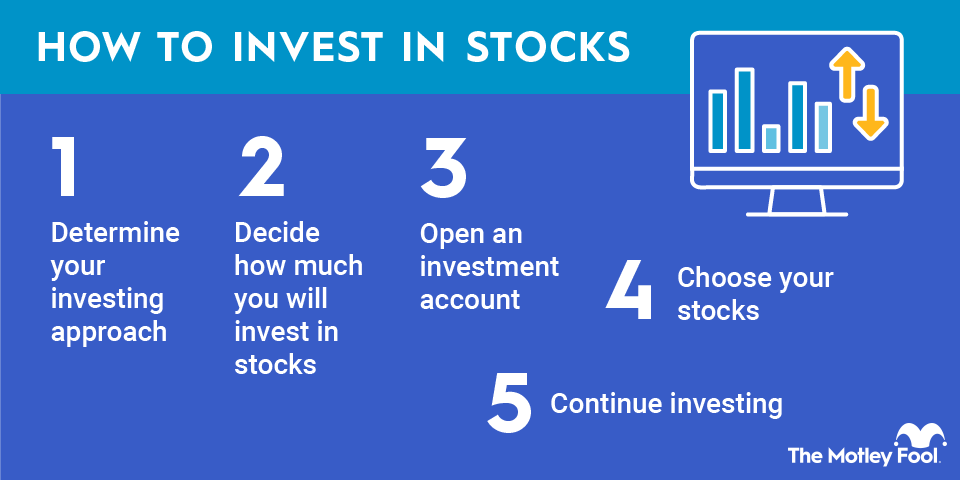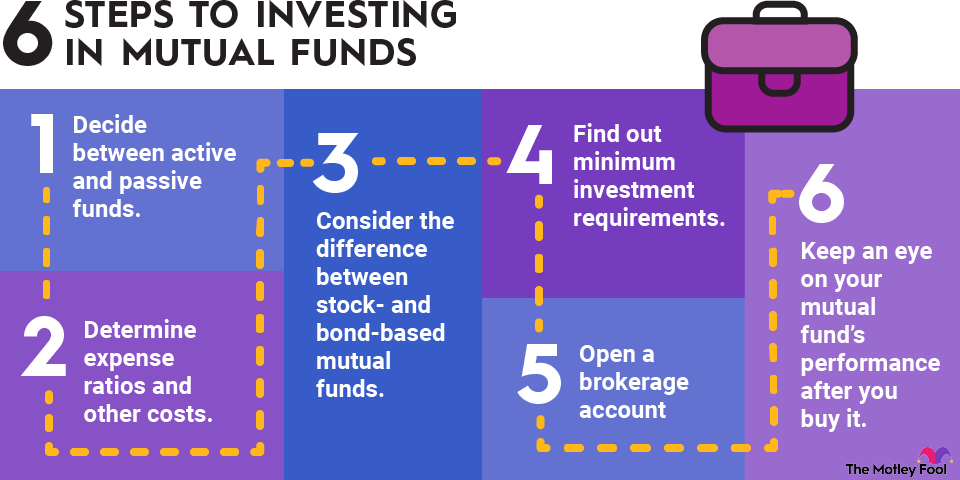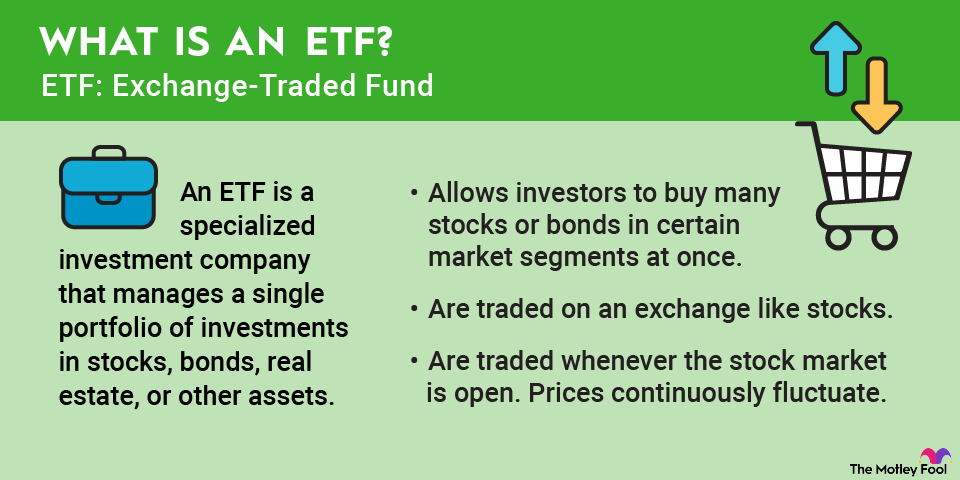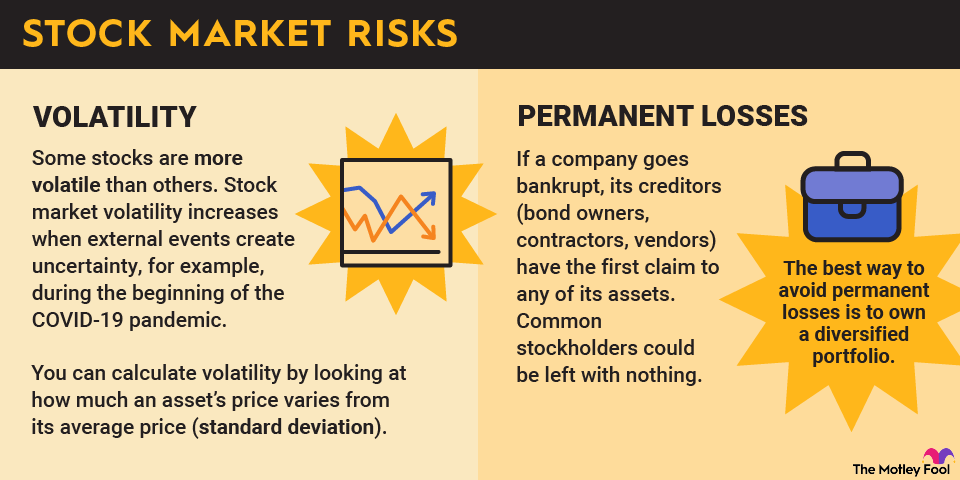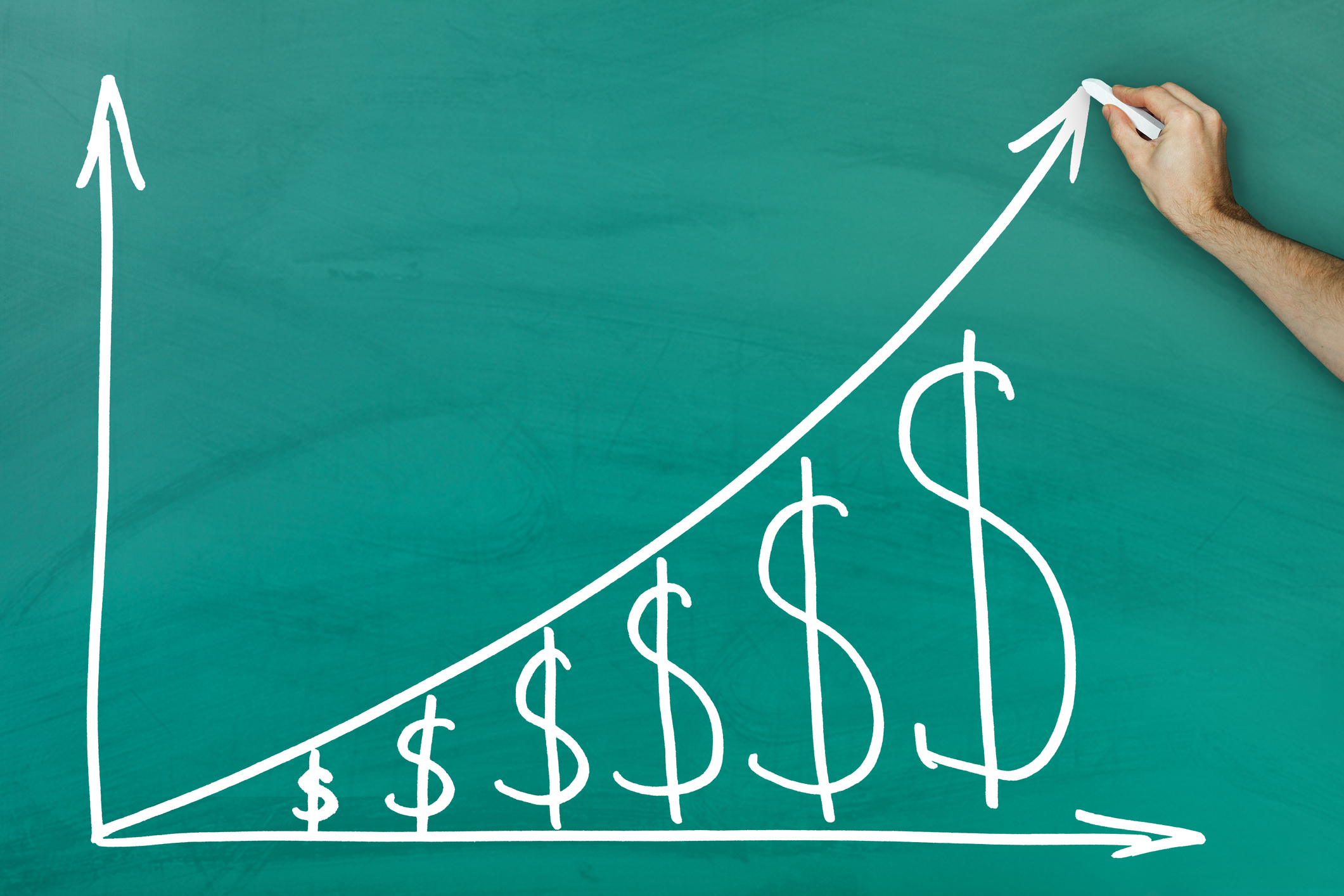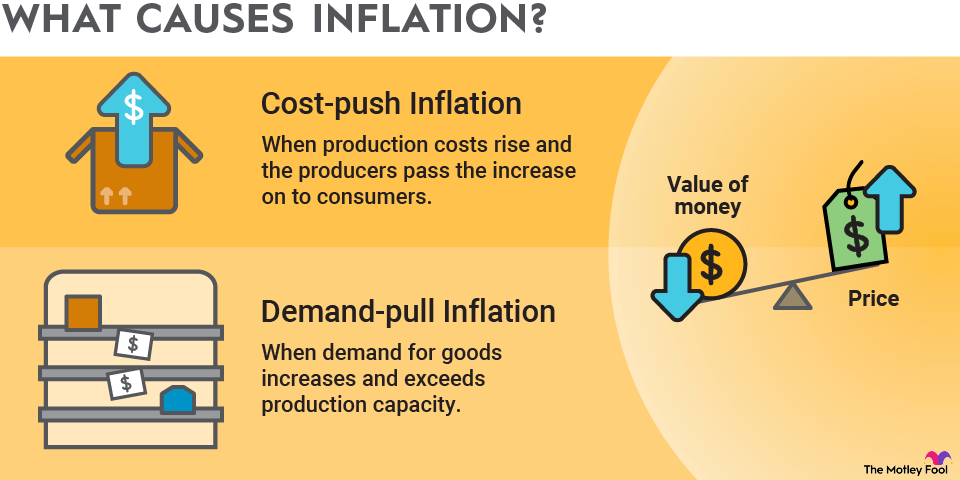A few years ago, inflation spiked to its highest rate in more than four decades. It has cooled off quite a bit since then, but it remains above the Federal Reserve's 2% target, and there's no guarantee that it won't rise again.
Inflation can cause significant volatility and stock market declines; it isn't hard to see why. Inflation negatively affects consumers' purchasing power and makes it more expensive for individuals and businesses to borrow money, so it also leads to lower demand for homes, automobiles, and other large purchases.
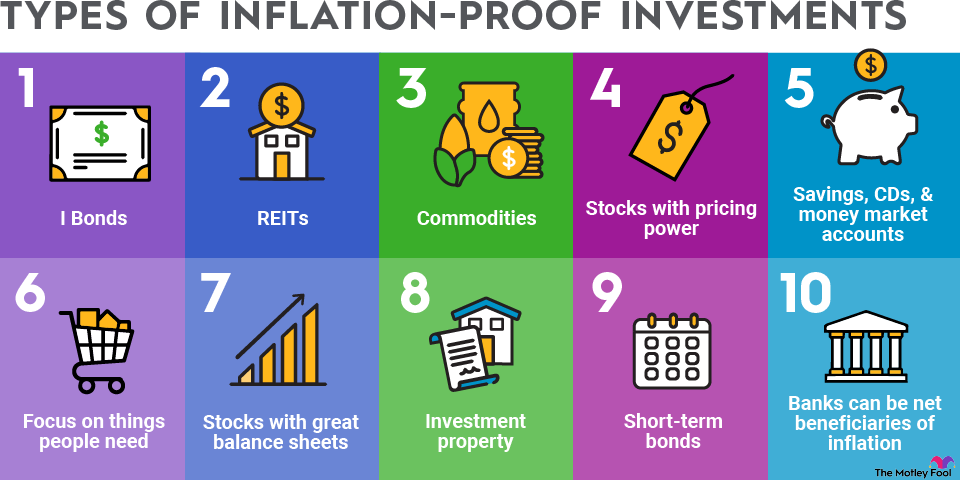
4. Look for stocks with pricing power
Consumers tend to cut back on discretionary spending during uncertain times, including periods of high inflation. However, companies that sell things that people need (or really want) have the ability to pass cost increases along to their customers without having much of an effect on sales.
Advance Auto Parts (AAP -0.80%) is one that comes to mind. People need parts to maintain their vehicles. Also, with new vehicles becoming much more expensive recently, many will likely hang on to their existing vehicles for longer, which can be a positive catalyst for the business.
5. Savings, CDs, and money market accounts
We generally don't think of these as "investments," but they certainly become quite a bit more appealing when inflation pushes rates higher. As of August 2025, it was possible to find savings account interest rates of 4% or more from reputable banks.
Of course, if inflation reverses course, the yields you receive from savings and money market accounts will likely trend downward. But if that happens, you can simply choose to invest the money elsewhere. In the meantime, you'll lock in a strong return while maintaining optionality for your investable cash.
6. Focus on things people need
When inflation rises, consumers tend to pump the brakes on spending. However, the biggest cutbacks happen in discretionary spending; that is, people stop buying things they don't need. On the other hand, businesses that sell things that people need tend to do just fine during inflationary periods. Utilities, consumer staples, and insurance are just a few examples of sectors that generally fall into this category.
Walmart (WMT -0.59%) is a great example since it not only sells things people need (such as groceries), but it does so at lower prices than most competitors. When consumers feel the need to cut back, Walmart's sales tend to grow.
7. Stocks with great balance sheets
When inflationary environments come along, cash is king. If you're running a business, you don't want to have to borrow money or refinance debt at high interest rates. So, one great strategy is to look for companies with cash-rich balance sheets and relatively low debt loads.
Berkshire Hathaway (NYSE:BRK.A)(NYSE:BRK.B) is a great example. Not only does Berkshire have a portfolio of subsidiary businesses that generally sell things people need, but it also has a stockpile of cash on its balance sheet as of mid-2025 -- more than $344 billion. This has not only allowed Berkshire to avoid borrowing money at high rates but also allowed the company to earn billions of dollars in interest income annually.
More importantly, the cash gives it plenty of ammunition to acquire competitors or buy stocks at discounted prices during tough times. There's a reason Berkshire typically outperforms the market in years when the S&P 500 is down, and its inflation resistance has a lot to do with it.
8. Buy an investment property
Owning an actual investment property isn't for everyone. Even if you hire a property manager, owning real estate is a more hands-on type of investment than buying REITs or other stocks.
However, rental properties can be an excellent way to build wealth over time and can protect against inflation. Historically, both home prices and rental rates have kept pace with inflation -- or slightly more -- over long periods of time.
9. Stick to short-term bonds
Short-term bond investments not only tend to be less price-sensitive than long-term bonds, but they also tend to pay more in inflationary periods.
Let's say that you bought a 30-year Treasury bond paying 2.5% interest a couple of years ago. If the yield on new 30-year Treasuries rises to 4%, your bond becomes intrinsically less valuable. You'll still collect your interest payments (at the 2.5% rate), but the market value of the bond -- if you need to sell it -- will drop significantly.
On the other hand, you don't see the same price fluctuations in short-term bonds. As of August 2025, the one-year Treasury yield was about 3.9%, and if interest rates were to rise, it wouldn’t have much of an effect on your bond's value since it's already so close to maturing.
10. Banks can be net beneficiaries of inflation
Elevated inflation can certainly be a negative for bank stocks since it can lead to lower demand for loans and an uptick in consumer defaults. But there's also another side to the story.
Inflation usually leads to rising interest rates (as we've seen over the past year or so), which can lead to higher profits for banks. After all, the core business of banks is to take deposits and lend out the money to collect interest. This can be an especially big benefit for the largest banks, which tend to pay low rates on deposits, even in higher-rate environments.
Related investing topics
The bottom line
As you can see, there are plenty of ways you can invest in an inflationary environment. Obviously, not all of these are right for every investor, but there are quite a few choices. Using this list, you can decide which are the best fit for your particular goals and risk tolerance and help protect your portfolio from the effects of rising consumer prices.
